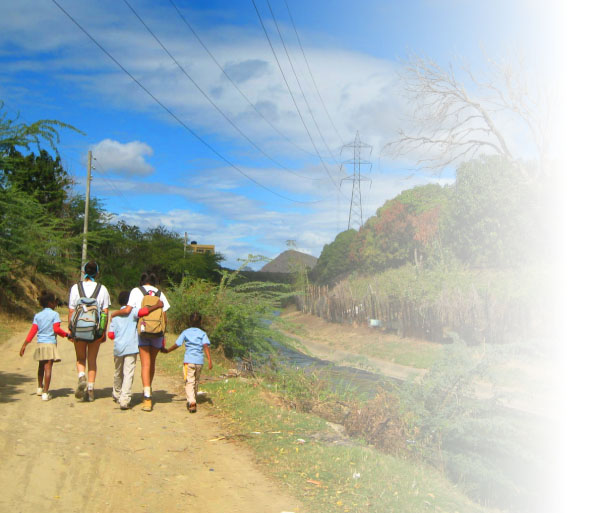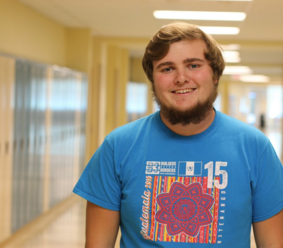The conflict between the two groups creates some heat.
Builders Beyond Borders is a small, grassroots nonprofit organization that started in 1993. The organization has traveled to countries in Central and South America, with students from 25 different high schools.
Those involved in B3 explain they participate in the program for constructive reasons.
“I decided that volunteering and making a positive impact on others is more important than anything else I could be doing,” Keanan Pucci ’16 said. “Members of B3 want to do something good for the global community and we don’t care about benefiting ourselves.”
Jake Reiner ’14 had similar thoughts to Pucci’s.
“I do it for the people more than anything else, from the locals who are so appreciative, to the great friends you make trip after trip,” Reiner said. “I know there are a bunch of critics of B3, and they have every right to be because they really don’t know everything about it, and they only see the pictures side of it.”
Michael Aitkenhead, an environmental studies teacher and longtime trip leader for B3, claims that the trip has an educational value as well. “B3 not only allows students to see conditions in the rest of the world, but it also allows them to reexamine our own culture and society which is a lesson that cannot be taught in any classroom or by an instructor.”
Students and faculty alike say the trip gives students a glimpse outside the Westport bubble. According to those interviewed, the trip is eye-opening and puts life into perspective. “Seeing the people in the places we visit and the way they live makes you reevaluate your life. They were all so incredibly happy, yet they had nothing. It made me reconsider the things I take for granted and my definition of happiness,” said Sarah Sommer ’16.
However, there are many who are skeptical of the organization.
Among the critics is Kevin Watt ’15, who said he believes this money could be better spent closer to home, at places such as the Caroline House, a Bridgeport education center for immigrant women and children, or the Gillespie Center, a Westport shelter that also provides meals. “I think B3 is a good thing to do, but I believe to solicit money for it is not fair when it’s done under the pretense of ‘community service’ as is my understanding that most of the funds are raised,” he said.
Watt isn’t the only person critical of B3.
Zack Levin ’15 went as far to say that B3 isn’t community service, but, instead a “memorable vacation with friends.” Levin said he doesn’t understand how, if students’ intention is to help others, why they spend so much money on transportation when the charity work could easily be done closer to home.
Those participating in B3 are required to raise $2,750 prior to their travels in order to cover the costs of transportation, food and materials.
Colleges say they look for student participation in community service and many high schools around the nation require a certain number of hours of community service in order to graduate. This is not the policy at Staples, but that doesn’t stop the volunteers, some argue.
“Some people just want to strengthen their college resume with a service trip,” said Andrea Mahieu ’15, a B3 participant.
Upon returning home, members also receive criticism for uploading sometimes hundreds of pictures of their trip to social media. “My friends criticise B3 because it doesn’t seem that genuine. I get a lot of jokes about how it seems like an opportunity to take pictures with little kids,” said Sommer.
According to Jack Dougherty, a professor at Trinity College, volunteerism has grown. Volunteer rates from the ages of 16-19 have increased from 13.4 percent to 24.5 percent between 1989-2007. Some argue that this number has climbed so dramatically because high school students use activities like B3 participation for college admissions.















































